ACELA1518
Understand how authors often innovate on text structures and play with language features to achieve particular aesthetic, humorous and persuasive purposes and effects
Elaborations
- exploring a range of everyday, community, literary and informative texts discussing elements of text structure and language features and comparing the overall structure and effect of authors' choices in two or more texts (Skills: Literacy, Critical and Creative Thinking)
- examining different works by an author who specialises in humour or pathos to identify strategies such as exaggeration and character embarrassment to amuse and to offer insights into characters' feelings, so building empathy with their points of view and concern for their welfare (Skills: Literacy, Critical and Creative Thinking, Personal and Social Capability, Ethical Understanding)
- Plus Plan
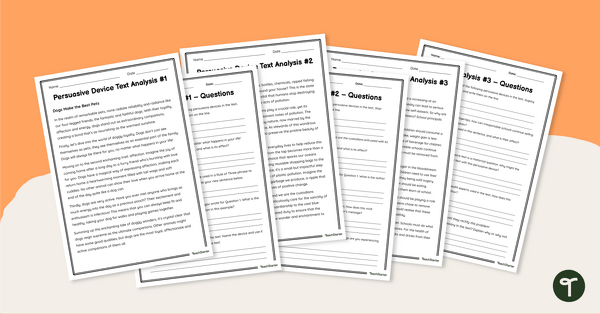
Analysing Persuasive Devices Worksheets
Get students analysing persuasive techniques and their effects on audiences with this set of three texts with accompanying questions.
- Plus Plan
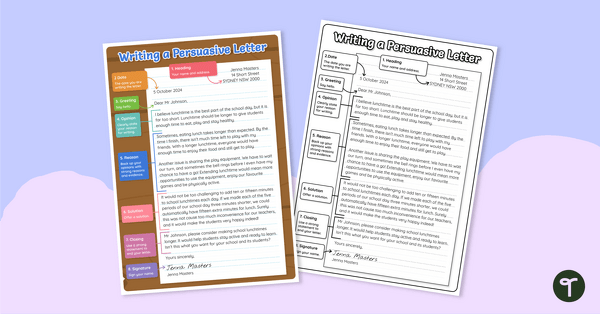
Writing a Persuasive Letter Poster
Use this writing a persuasive letter poster to teach your students the structure and features of persuasive letters.
- Plus Plan
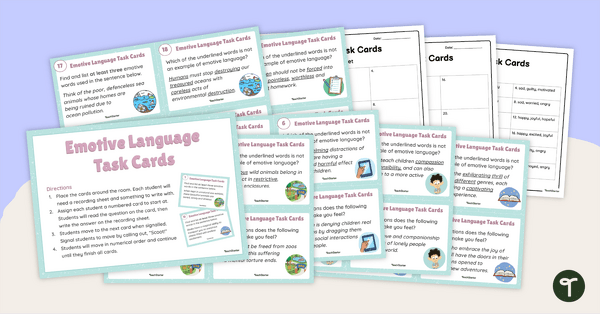
Emotive Language Task Cards
Get students exploring emotive language examples with this set of task cards perfect for your persuasive writing unit.
- Plus Plan
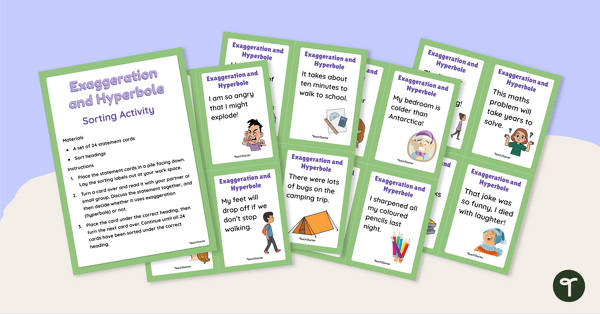
Exaggeration and Hyperbole Sorting Activity
Explore examples of hyperbole with your students using this set of 24 sorting cards perfect for your collaborative group work.
- Plus Plan
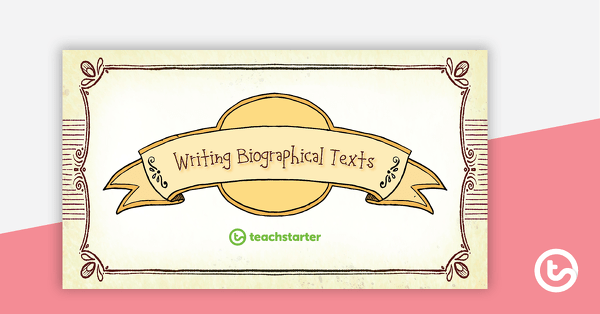
Write a Biography PowerPoint
Use this age-appropriate biography PowerPoint to teach your students about the purpose, structure and features of biographical texts.
- Plus Plan
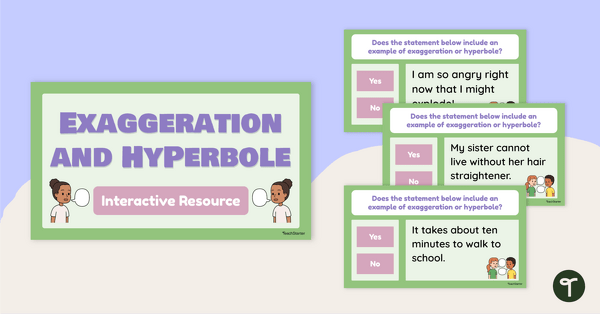
Exaggeration and Hyperbole Interactive Activity
Explore hyperbole examples with your students using this digital game perfect for lesson warm-ups or lesson wrap-ups.
- Plus Plan
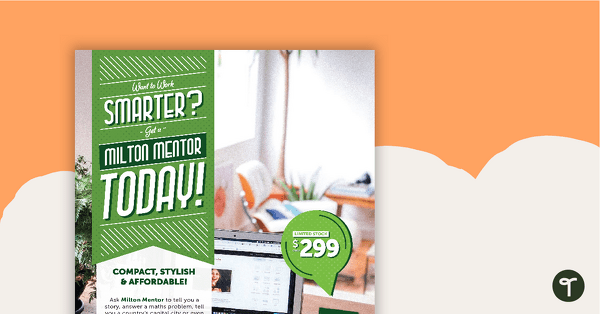
Advertisement Worksheet – Milton Mentor
A comprehension worksheet for a persuasive magazine advertisement about a digital personal assistant.
- Plus Plan
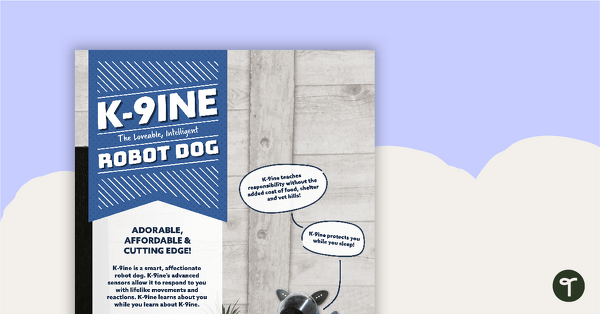
Advertisement Worksheet – K-9ine the Robot Dog
A comprehension worksheet for a persuasive magazine advertisement about a robotic dog.
- Plus Plan

Analogy- Literary Technique Poster
A poster with a description and examples of analogy, a literary technique.
- Plus Plan
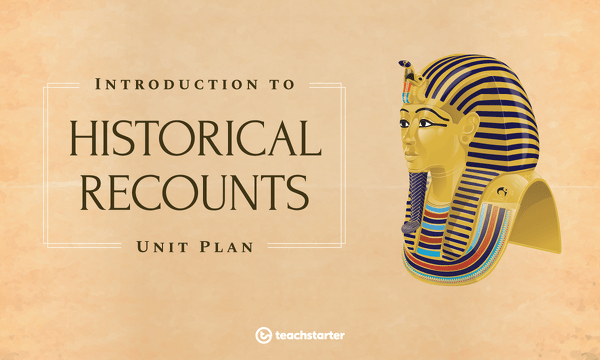
Historical Recounts - Text Structure
A 60 minute lesson in which students will identify and explore the structure of historical recounts.
- Plus Plan
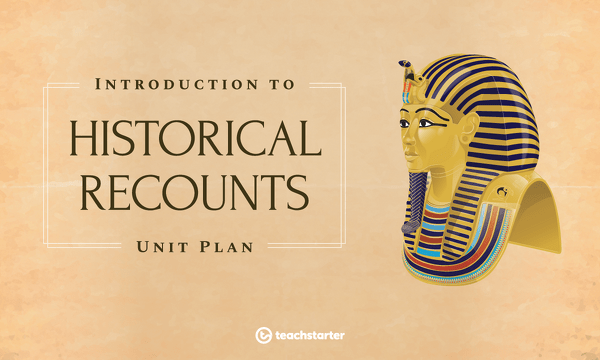
Introduction to Historical Recounts Unit Plan
This English unit has been designed to introduce the historical recount text type to older students; specifically, the purpose, structure and language features of factual historical recounts.
- Plus Plan
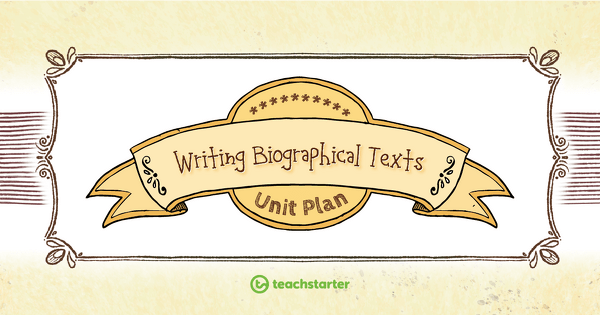
Writing Biographical Texts Unit Plan
This English unit addresses the purpose, structure and language features of the biography text type.
- Plus Plan
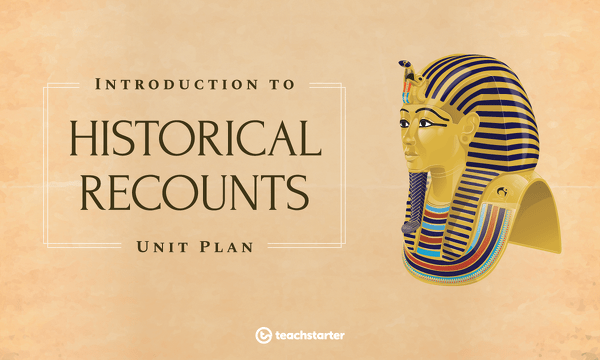
Historical Recounts - Literary vs Factual
A 60 minute lesson in which students will explore the difference between a literary historical recount and a factual historical recount.
- Plus Plan
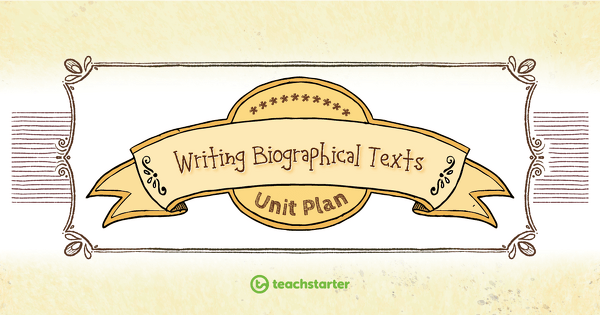
Biographical Text Language Features
A 60 minute lesson in which students will identify and explore the structure of biographical texts.
- Plus Plan
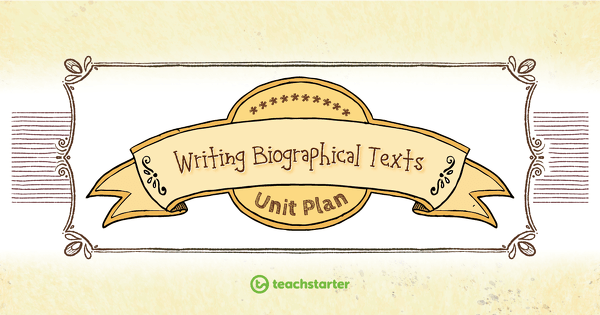
Life Events – What to Include?
A 60 minute lesson in which students will explore life events that may or may not be included in a biographical text.
- Plus Plan
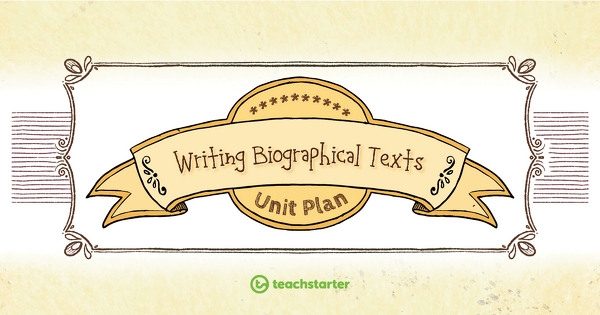
Biographical Texts Structure
A 60 minute lesson in which students will identify and explore the structure of biographical texts.